Indulge in Bliss: Exploring Idyllic French Spa Towns
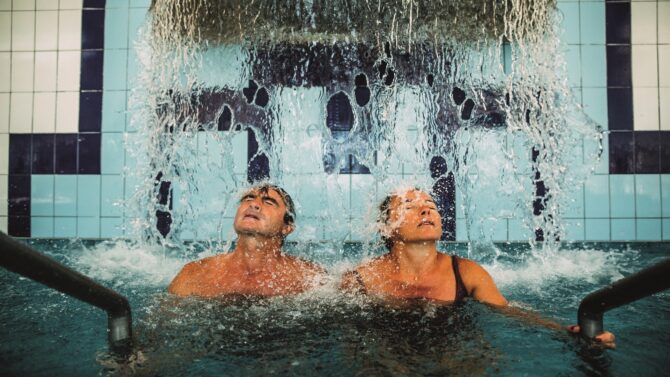
Did you know that you can get spa treatments on prescription in France? Catharine Higginson reveals all…
When is a three- week break involving lots of rest and relaxation, not officially a holiday? The answer? When it’s 18 days of medically prescribed spa treatments partially funded by the French state as part of the excellent healthcare system! French people have been ‘taking the water’ for hundreds of years and today, la cure is as popular as ever.
The Romans were the first to exploit the healing properties of France’s hot springs in towns such as Vichy and Dax. They used the healing waters to treat problems like rheumatism and infertility, and the waters are still used for the same ailments today. The modern era of thermalism is generally held to have begun in 1605 when Henri IV appointed his personal doctor as the superintendent of French mineral waters, and it really took off under Napoleon Bonaparte. He spent a lot of time at Vichy, transforming the town with the addition of a casino, parks and a station.
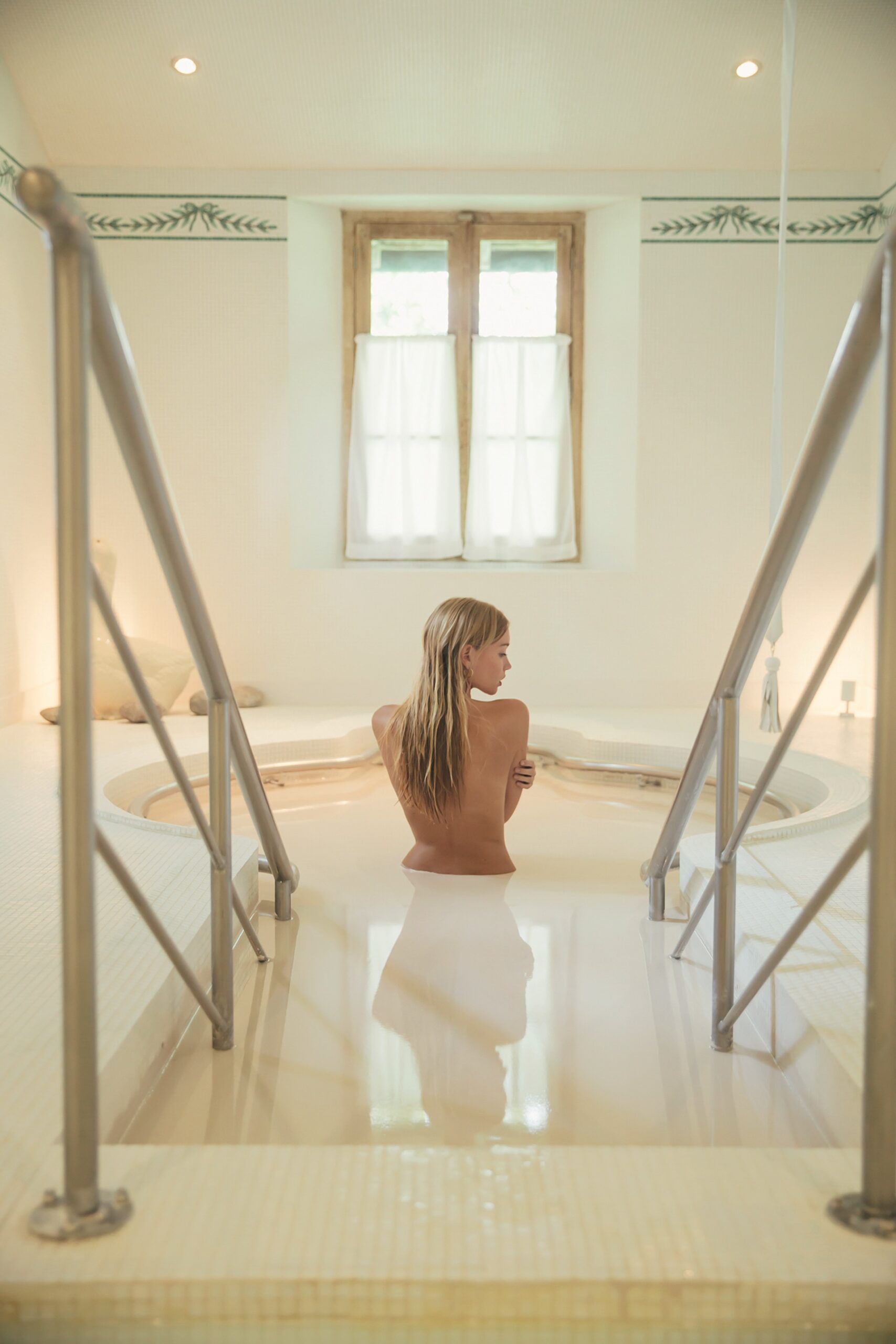
Thermalisme a Eugenie-les-Bains, Photo Credit: Shutterstock
Today there are 66 spa towns in France all offering different cures and treatments with facilities varying widely, from the utilitarian and functional to state-of-the-art luxury. Some are well known, Aix-les- Bains and Evian-les-Bains, for example, while smaller places such as Bourbon- l’Archambault and Saujon are more of a well-kept secret.
Many people choose to return to the same town and spa year after year. Other curistes prefer to use the three weeks as an opportunity to travel around France and explore the different regions. Around 600,000 people do la cure annually in France and thousands more participate in (self-funded as not reimbursed by the Sécu) short term or daily/hourly spa treatments.
So what does la cure involve and how do you go about arranging one? You need to start with your GP or médecin traitant. He or she will decide if you fit the criteria and give you the prescription (l’ordonnance) for la cure. There are 180 recognised illnesses that mean you qualify, and these include skin conditions, cardiac problems, rheumatism and digestive problems, as well as health issues such as anorexia, PTSD, obesity, varicose veins and even gum disease.
You can check out the complete list here.
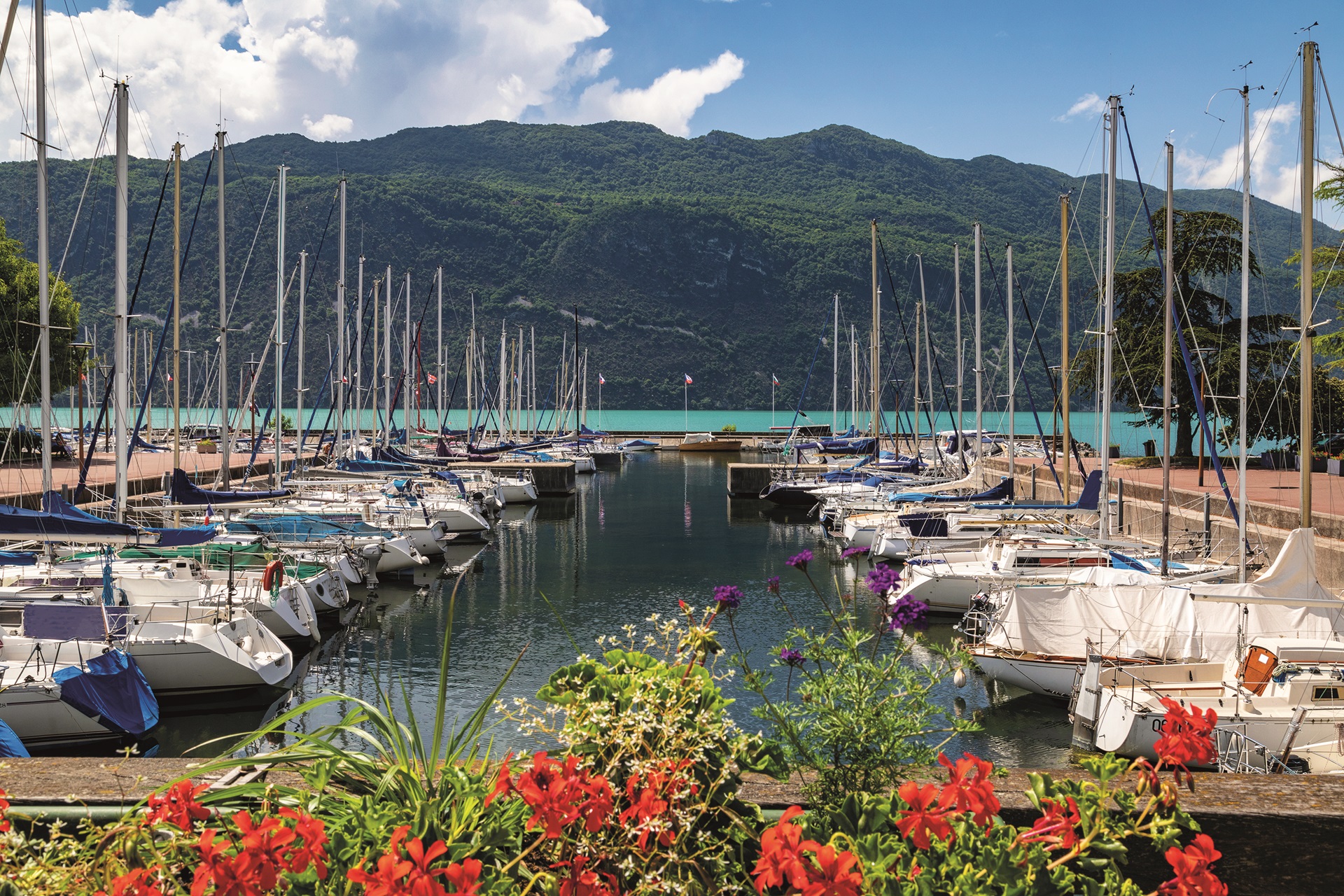
Aix les Bains in the Auvergne-Rhone-Alpes, Photo Credit: Shutterstock
STARTING LA CURE
Once you have your prescription, you need to send it to your health cover caisse. They will then send you back a form agreeing to the treatment – this is almost always an automatic ‘yes’ – and you are then free to start thinking about where to go for your cure. People on low incomes can apply for help with food and accommodation costs, but for most curistes, the accommodation budget must be met out of their own pockets.
The price of an 18-day cure is usually around €700-€800 plus the obligatory three visits to a thermal doctor who monitors process. This is covered and refunded at the usual 70% and the treatments themselves are covered at 65% or 70% depending on the pathology in question. Part or all of the remaining balance will be covered by your top-up mutuelle insurance if you have one. You need to make sure that you do the full 18 days of la cure, otherwise you have to repay the cost. Different establishments have their own payment protocols, i.e. you may be asked to pay a reservation fee, pay upfront or settle the bill at the end.
If you are not a French resident and so your healthcare is not covered by the French state, there is absolutely nothing to stop you from doing la cure ‘privately’ – you will just have to meet treatment costs yourself.
Thermal establishments all have an à la carte-type price list and prices are very reasonable, for example, €8 for the jacuzzi- style bath, and many offer short-stay packages such as a six-day programme with 24 treatments, a couple of activity and workshop sessions and access to facilities for €200- €300. If you are holidaying close to or in a thermal town, it’s definitely worth trying a couple of treatments and seeing if you’d like to do a longer session at a later date.
When deciding where to go, you will need to choose a thermal establishment that treats your particular problem; you will also need to think about travel and accommodation costs and weigh these up. Many thermal centres have accommodation attached in the form of hotels or more often, self-catering apartment-type complexes. Most thermal towns have a large curiste rental market with a lot of choice available, so you can arrange accommodation yourself via the local tourist board or even adverts on sites such as Leboncoin. Rental charges vary depending on the region, so if budget is a constraint, it might be sensible to do some research on accommodation costs before choosing a destination.
You will also need to do some research on availability. Most thermes close at certain times of the year and some cures, for example, the cure de soir when you go for treatments after work, are only available on particular dates. Either during the week before your cure starts or when you first arrive at the thermes, you will need to see the doctor (médecin thermal) who is responsible for prescribing the actual treatments (soins).
These last around 10 minutes each and will be 30 minutes apart, giving you time to get to the treatment room or cabin, undress, be treated, get dressed again and get to the next one. They range from things like luxuriating in a hot deep jacuzzi-type bath to being wrapped in extremely warm mud, to high-pressure showers and slow walking in cool water!
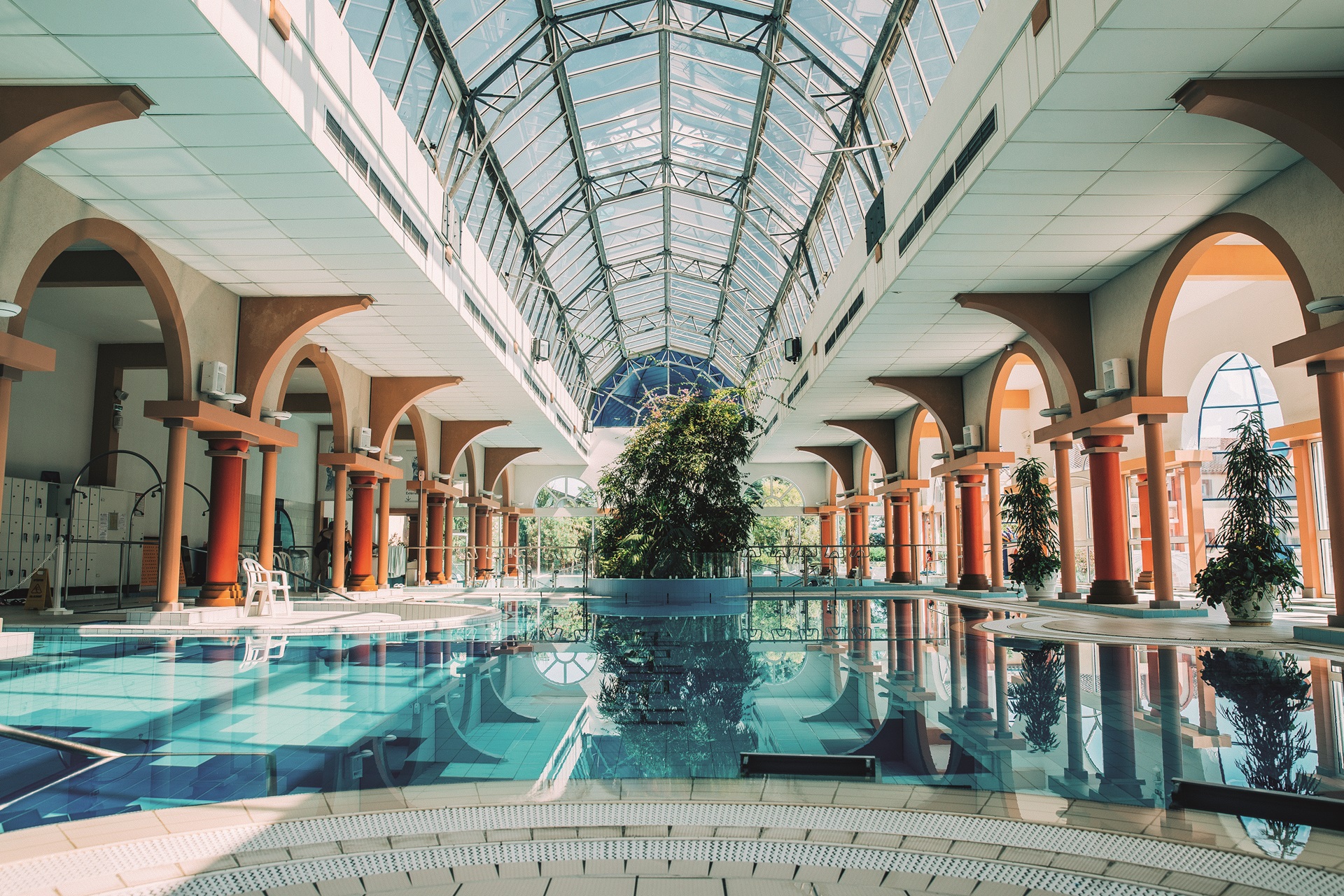
Les thermes de Borda, Photo Credit: Shutterstock
Many of the thermal centres have extra beauty treatments and fitness facilities or classes available that you can book separately. You will have a second appointment with the doctor mid-cure to see how it is going and adjust the treatment schedule if necessary, and a final one at the end of the stay. Once the doctor has decided which treatments you require, you’ll be given a personal cure card that details all your treatments and the timings involved. You will need to carry this with you as you move around the centre so that treatments can be ticked off and you also know where you are meant to be and when.
You will need to provide your own swimwear, swimming hat and claquettes (slip-on plastic poolside shoes) for walking around the spa; they will provide bathrobes and towels. You may also be offered the cure de boisson where you drink a specific quantity of mineral water during the 18 days. The first couple of days can be confusing but you should quickly get into the swing of spending much of the day in your bathrobe, and start to feel relaxed as a result!
Many people find la cure so relaxing that they go back year after year. This is when it might be tempting to buy a property in your favourite thermal town. It can be a very sensible investment. Outside the larger thermal centres, property can be very affordable and even in the bigger thermal destinations, such as Dax, property is still reasonably priced.
Buying in a thermal town will mean you can stay in your property and dip in and out of spa treatment programmes at your leisure with your accommodation already sorted. There’s also a ready- made rental market for curistes who return year after year and often prefer to book the same accommodation, meaning that once established, you have a reliable income stream. The rate of return on short-term rentals in spa towns is pretty good and there are numerous concierge services available for property owners. Some of these will handle bookings and reservations as well as cleaning and change-over services.
Short-term rentals mean you don’t have any of the hassle that can come with long-term lets, the property is there for you to enjoy when you want to and it is providing you with a regular income to boot.
MY CURE
I did my first ever thermal cure last year when my GP who is also a médecin thermal, suggested it for an ongoing shoulder issue. I have to admit that living in Dax, a thermal town, and having seen vast numbers of fairly elderly curistes out and about in the town, I was quite sceptical about any actual benefits.
I didn’t need to worry about accommodation, which made things easier and having got my paperwork in order, I opted for la cure de soir, which took place from 5-8pm, six days a week including Saturdays. This cure is promoted as being ideal for working-age people who can’t afford to take three weeks off work.
I expected it to be full of people around my age, not ‘elderly’ but old enough to be suffering from various aches and pains. As it turned out, I was entirely wrong! My fellow curistes were all retirees and seasoned curistes and chose the evening option as it was much quieter than the morning or afternoon sessions.
I paid my GP the €70 for the initial medical appointment (this was entirely reimbursed by the SÉCU and my mutuelle insurance and the fee included all three visits) and set off to be cured. It was all quite functional and not especially luxurious. I think there are newer and more appealing establishments to be found among the 15 in Dax, but the staff were excellent and the treatments were effective.
I was prescribed baths, massages, showers, swimming pool sessions and of course le péloïde, the famous Dax mud, which is unique in France. This was applied to my neck and shoulders and, on occasions, my entire body, and was a hot and messy experience! Different establishments have different protocols but this one required the curistes to be naked for the application and hosing off afterwards.
THE VERDICT
As most treatments involve some degree of dressing and undressing, I recommend wearing a two piece rather than a swimsuit as it makes things much easier! I didn’t have to pay any money upfront; the bill was sent straight to my caisse and my top-up health insurance paid the balance – just over €300.
Six months later, I am pain free for the first time in over a decade and will definitely be going again next year. It seemed like a lot of organisation but it will be much simpler next time as I know what I am doing and I’m convinced of the benefits.
DAX AND BEYOND
If the sound of la cure is tempting, why not come to Dax, the leading thermal destination in France? The 15 thermal establishments here and St-Paul-lès-Dax (Grand Dax), along with nearby Saubusse, provide treatment for 60,000 curistes every year. The thermal water which can be experienced in the town centre at la Fontaine chaude – emerges at 64°C and provides the 880 litres of thermal water that are used by every curiste.
Those taking la cure also get through 44kg of the special Dax mud-known as le péloïde – per person and the curistes in Grand Dax collectively get through a whopping 1,200,000 litres of water every year!
GETTING TO DAX
By train:
- TGV Paris–Dax – 3hr 20
- TER Bordeaux–Dax – 1h 15
By plane:
- Biarritz – 65km
- Pau – 85km
- Bordeaux – 150km
By car:
- A63 motorway – exit 9
- A64 motorway – exit 6
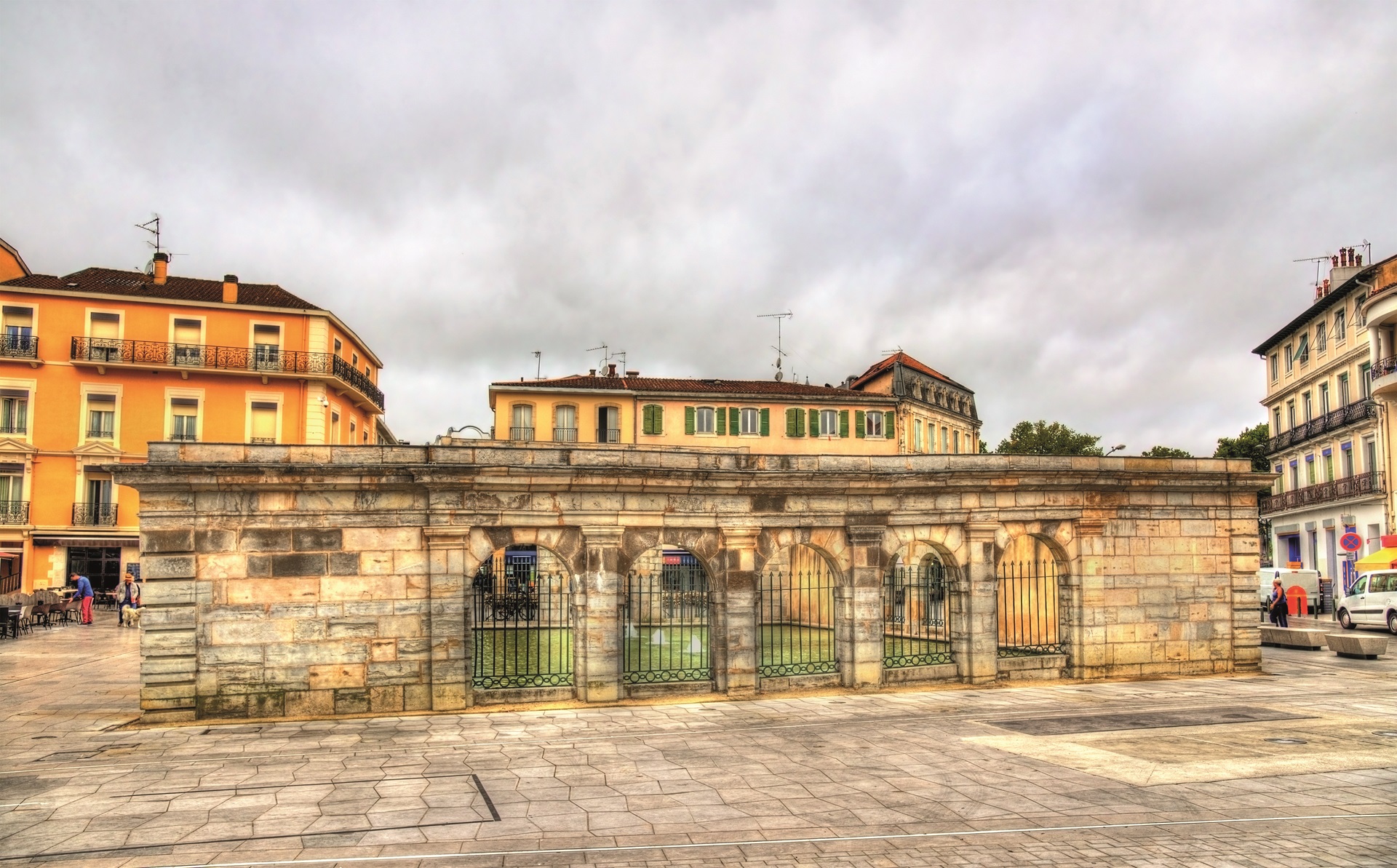
Fontaine Chaude, a spa in Dax – France, Photo Credit: Shutterstock
A unique blend of legal, financial and tax advice along with in-depth property guides, inspirational real life stories, the best properties on the market, entertaining permanent pages and the latest property news and market reports make French Property News magazine a must-buy publication for anyone serious about buying and owning a property in France.
Lead photo credit : Couple aux thermes de Borda, Photo Credit: © LES THERMES AU BORDA
Share to: Facebook Twitter LinkedIn Email
More in Dax, French spa towns, Travel



